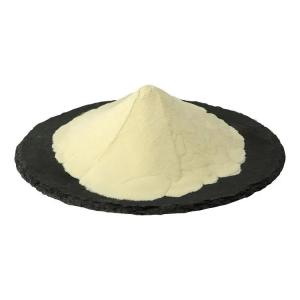News list
News Center
Hot Product
News
Responsible nutrition approaches to phosphoric acid
Time:2025-10-23
1. Introduction to Phosphoric Acid in Nutrition
Phosphoric acid is a common ingredient used in the food and beverage industry, primarily as an acidulant, flavor enhancer, and preservative. It helps balance pH levels and provides a tangy taste to products such as soft drinks, processed foods, and dairy items. Although it is recognized as safe when used within regulated limits, awareness of its role in nutrition has grown as part of responsible dietary practices.
2. Sources and Applications in Food Products
Phosphoric acid is widely found in carbonated beverages, cheese products, and certain baked goods. It can also appear in phosphate additives that improve food texture and shelf life. Beyond industrial use, phosphates are naturally present in foods like meat, eggs, nuts, and legumes. Understanding these different sources helps consumers make balanced dietary choices.
3. Regulatory Standards and Safe Use
International and national food safety agencies, such as the FAO/WHO Joint Expert Committee on Food Additives (JECFA) and the U.S. Food and Drug Administration (FDA), have set strict guidelines for phosphoric acid use in foods. These standards ensure that manufacturers apply the compound within safe concentration ranges to protect public health.
4. Responsible Consumption and Awareness
Responsible nutrition involves more than limiting phosphoric acid intake—it requires awareness of total dietary phosphorus from all sources. Consumers can practice moderation by reducing processed food consumption and maintaining a diverse, whole-food-based diet. This approach aligns with modern nutrition goals that emphasize transparency, balance, and sustainability.
5. Industry Responsibility and Innovation
Food producers play a crucial role in promoting responsible use of phosphoric acid. Through innovation, companies are developing formulations that maintain product quality while lowering additive levels. Additionally, the food industry increasingly focuses on clearer labeling and consumer education, enabling informed decisions about ingredient content.
6. Conclusion
Phosphoric acid remains an important and functional compound in the food industry. Responsible nutrition approaches emphasize balance—recognizing both its technological benefits and the importance of mindful consumption. By adhering to regulatory standards and promoting transparency, both manufacturers and consumers can contribute to a healthier and more informed dietary environment.
Phosphoric acid is a common ingredient used in the food and beverage industry, primarily as an acidulant, flavor enhancer, and preservative. It helps balance pH levels and provides a tangy taste to products such as soft drinks, processed foods, and dairy items. Although it is recognized as safe when used within regulated limits, awareness of its role in nutrition has grown as part of responsible dietary practices.
2. Sources and Applications in Food Products
Phosphoric acid is widely found in carbonated beverages, cheese products, and certain baked goods. It can also appear in phosphate additives that improve food texture and shelf life. Beyond industrial use, phosphates are naturally present in foods like meat, eggs, nuts, and legumes. Understanding these different sources helps consumers make balanced dietary choices.
3. Regulatory Standards and Safe Use
International and national food safety agencies, such as the FAO/WHO Joint Expert Committee on Food Additives (JECFA) and the U.S. Food and Drug Administration (FDA), have set strict guidelines for phosphoric acid use in foods. These standards ensure that manufacturers apply the compound within safe concentration ranges to protect public health.
4. Responsible Consumption and Awareness
Responsible nutrition involves more than limiting phosphoric acid intake—it requires awareness of total dietary phosphorus from all sources. Consumers can practice moderation by reducing processed food consumption and maintaining a diverse, whole-food-based diet. This approach aligns with modern nutrition goals that emphasize transparency, balance, and sustainability.
5. Industry Responsibility and Innovation
Food producers play a crucial role in promoting responsible use of phosphoric acid. Through innovation, companies are developing formulations that maintain product quality while lowering additive levels. Additionally, the food industry increasingly focuses on clearer labeling and consumer education, enabling informed decisions about ingredient content.
6. Conclusion
Phosphoric acid remains an important and functional compound in the food industry. Responsible nutrition approaches emphasize balance—recognizing both its technological benefits and the importance of mindful consumption. By adhering to regulatory standards and promoting transparency, both manufacturers and consumers can contribute to a healthier and more informed dietary environment.


 CN
CN





